Design ideas for this beautiful old wall...
ctlady_gw
13 years ago
Related Stories
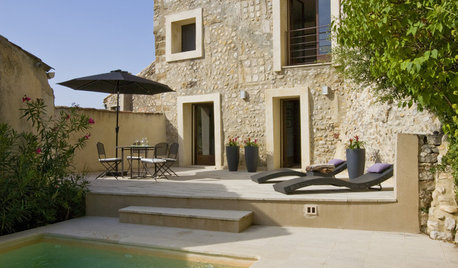
MODERN HOMESHouzz Tour: 800-Year-Old Walls, Modern Interiors in Provence
Old architecture and new additions mix beautifully in a luxurious renovated vacation home
Full Story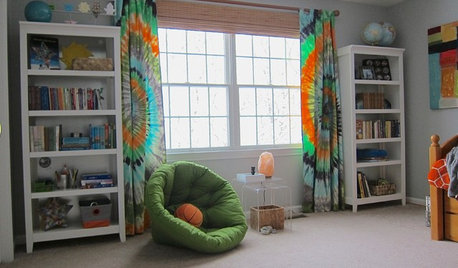
KIDS’ SPACESThis Designer’s Client Was Her 10-Year-Old Son
What do you give a boy with a too-babyish bedroom when he’s approaching double digits? See for yourself
Full Story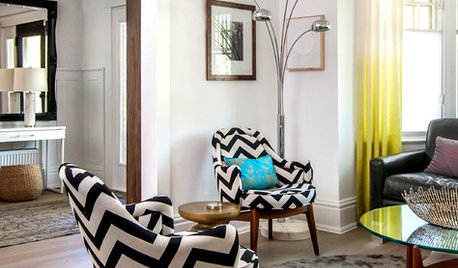
HOUZZ TOURSHouzz Tour: Mixing It Up in a Century-Old Edwardian
Different eras, patterns and textures mingle beautifully in a Canadian interior designer's home and 'design lab'
Full Story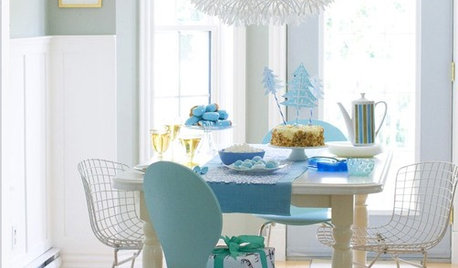
DECORATING GUIDESBeautiful Details: Wainscoting and Paneled Walls
Paneled Walls Add Substance and Style to Both Modern and Traditional Homes
Full Story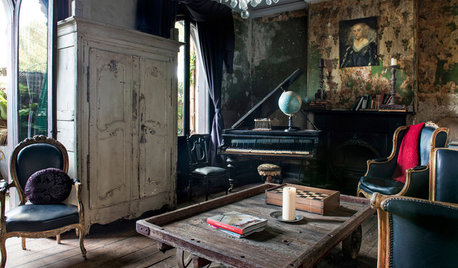
HOUZZ TOURSMy Houzz: Vintage Treasures Adorn a Faded Beauty
A designer brings a bold vision and love of the weird and wonderful to a 110-year-old Australian house
Full Story
UNIVERSAL DESIGNMy Houzz: Universal Design Helps an 8-Year-Old Feel at Home
An innovative sensory room, wide doors and hallways, and other thoughtful design moves make this Canadian home work for the whole family
Full Story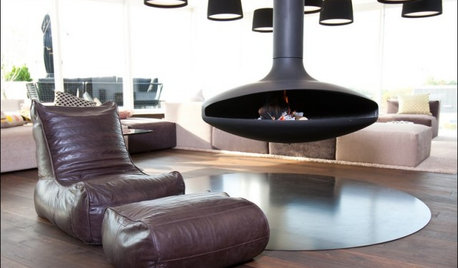
FURNITURE6 Decades-Old Designs That Look Better Than Ever
After getting a few nips and tucks, some favorites from the ’60s and ’70s have made a stylish comeback
Full Story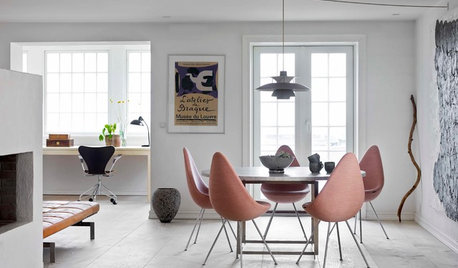
WORLD OF DESIGNDigging for Gold in Old Danish Designs
Firms not only are reissuing works by popular midcentury designers, they’re also producing pieces from once-rejected sketches
Full Story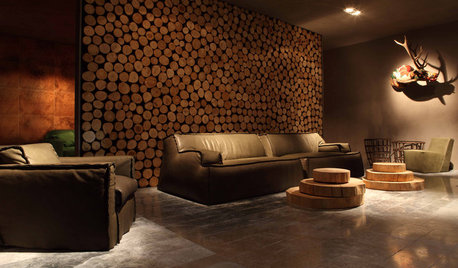
True Grit: Classic, Old-West Style Design
Design Eye on the Oscars: How to Bring a Little True Grit Home
Full Story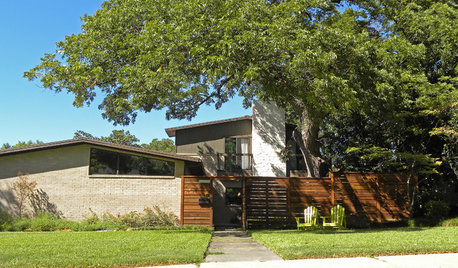
HOUZZ TOURSMy Houzz: A New Dallas Build Handles Family Life Beautifully
An open family room, a smartly designed kitchen and walls of windows are built to suit a family of 5 in Texas
Full StoryMore Discussions






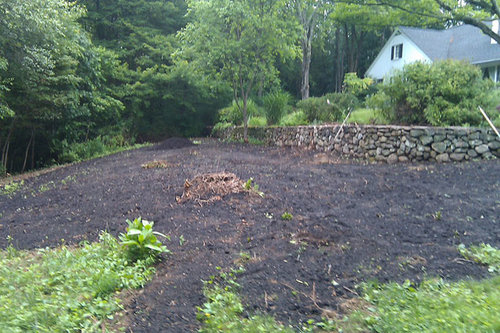


hunt4carl
ctlady_gwOriginal Author
Related Professionals
Brooklyn Center Landscape Architects & Landscape Designers · Edmond Landscape Contractors · Wilmington Landscape Contractors · Annandale Landscape Contractors · Fair Lawn Landscape Contractors · Fort Payne Landscape Contractors · Placerville Landscape Contractors · Pompton Lakes Landscape Contractors · Soddy Daisy Landscape Contractors · Southbury Landscape Contractors · Gladstone Decks, Patios & Outdoor Enclosures · Glasgow Decks, Patios & Outdoor Enclosures · Grain Valley Decks, Patios & Outdoor Enclosures · Vero Beach Decks, Patios & Outdoor Enclosures · Wheaton Decks, Patios & Outdoor Enclosuresclaireplymouth z6b coastal MA
mad_gallica (z5 Eastern NY)
claireplymouth z6b coastal MA
spedigrees z4VT
ctlady_gwOriginal Author
prairiemoon2 z6b MA
runktrun
prairiemoon2 z6b MA
bill_ri_z6b
ctlady_gwOriginal Author
prairiemoon2 z6b MA
ctlady_gwOriginal Author
mad_gallica (z5 Eastern NY)
prairiemoon2 z6b MA
prairiemoon2 z6b MA
hunt4carl
mad_gallica (z5 Eastern NY)
crnaskater
ctlady_gwOriginal Author
prairiemoon2 z6b MA
sequoia54
molie
ego45
ctlady_gwOriginal Author